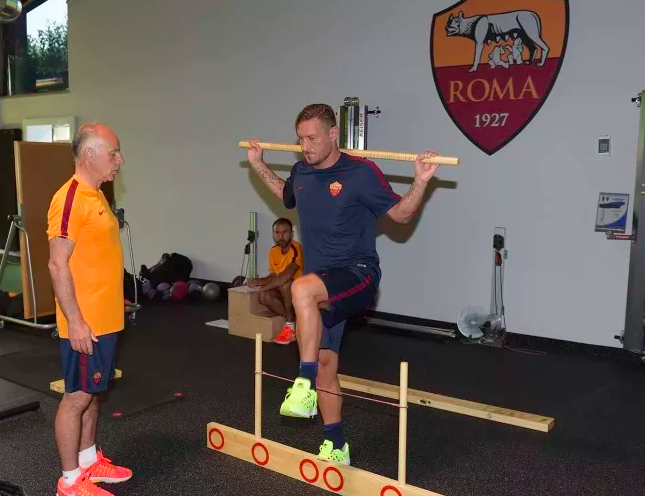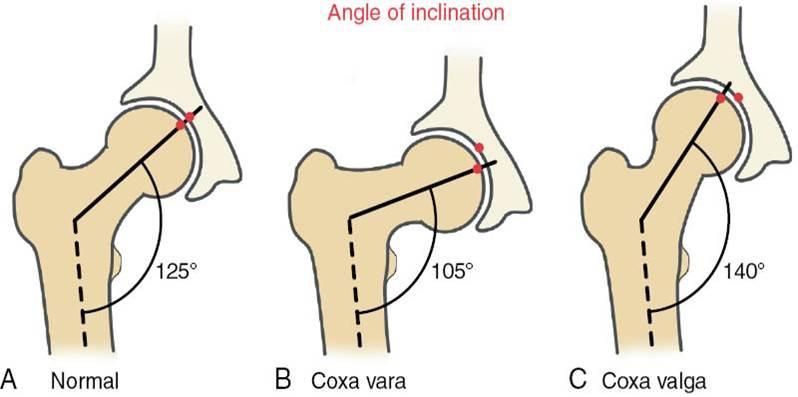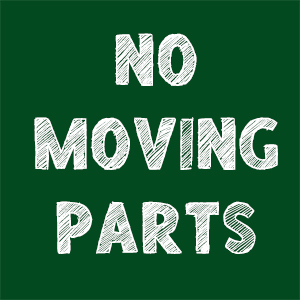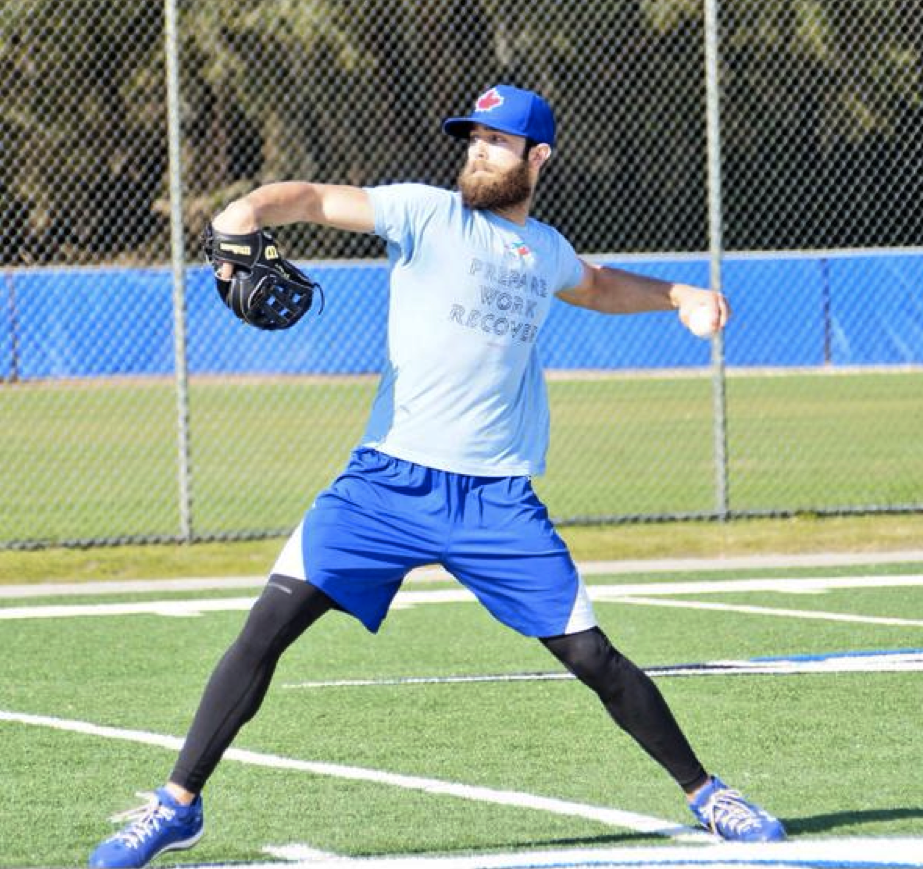When I took the stage in Long Beach for the Key Functional Exercises lecture, my intent was to show some exercises that changed me as a trainer, as a strength coach, and as a physical therapist.
These unbelievably powerful exercises were present in my mind and in my playbook before I ever envisioned the Functional Movement Screen. I wasn’t using the Turkish getup in the beginning; I was using more bodyweight-type calisthenic movements like you may have seen in Athletic Body in Balance.
What I showed in the DVD were variations, bits and pieces or the whole of the Turkish getup and deadlifting and the variations we use with deadlifting. But first, I talked about chopping and lifting.
These are very important because they come off of proprioceptive neuromuscular facilitation and give us so many opportunities to disadvantage or take out the lower body by using kneeling and half-kneeling positions. These change movement. They’re unbelievably powerful, and they expose us to asymmetry.
One of the obvious things in Key Functional Exercises You Should Know is that symmetry is important. This is true whenever you’re doing a functional exercise, either to maintain function or as a corrective measure after you’ve done a screen or identified a bad movement pattern.
Straight bar lifts, as well as lot of the fitness equipment in use today, can mask a 60-40 participation between the left and right sides of the body. It’s very obvious on the bench press or the squat that these torques, twists, turns and bad form are really us trying to muscle one side because we’re substandard or inefficient on the other side.
The best way to get the twist out of your squat is to first make sure both legs have symmetrical mobility, symmetrical stability and then symmetrical strength—in that order, not in that reverse order that most people attempt.
In the key functional exercises, we have a left and right side appraisal built in. That’s how Tim Ferriss and I started the ball rolling when he pressed me to give him the go-to exercises since I didn’t have a screen to work off.
So I went to the exercises I was using in some form even before the Functional Movement Screen was developed. The screen is simply a baseline to show us how effective these are when done right, and how ineffective are some of the correctives I’d previously been taught.
From a kinesiological standpoint we’re exercising the right muscles, but if we exercise the muscle and the movement doesn’t change, let’s just admit the exercise may have been a great way to fatigue an individual muscle, but it didn’t really refine, change or develop movement in the way we hoped it would.
All right, that’s the overtone.
But it’s not my intent to start taking these exercises right into a workout, or right into a training situation.
Last week I wrote about play, practice and train. My intent for chopping and lifting in the different variations, my intent for the Turkish getup in the different variations and my intent for the deadlift in the different variations is for people to first practice these.
That’s what I asked Tim Ferriss to do—you’ll find out all about that back story if you have the DVD or if you get the download. I pressed him right up against this exercise gauntlet, but I asked him to really practice these moves. Do them with technical precision. If you notice a left-right difference, own it. Work on it. Deal with it.
He got that message right away.
Tim has been through the RKC. He understands that when you’re working on a pistol, the first thing you have to do is get the quality. A single-leg squat is more about quality at first, and later worry about sets and reps. He’s been coached by Pavel, so he understood what I meant when I told him to own the move, and not just gut through it.
I gave him the exercise gauntlet to go through and said—
If you follow the rules, if you practice these—don’t just train them, practice them first—the practice is going to provide a training effect, but it’s going to be driven by your technical precision and attention to detail—not how quickly you fatigue.
You’re going to fatigue, but I want you to fatigue with good form. I want the form to fatigue you, not the load. Believe me, doing a Turkish getup with good form will fatigue you quicker than just doing it with a heavy load.
 Doing deadlifts with someone like Brett Jones watching you where you own the form, meaning every time you pull it wrong you set it down, you’ll get smoked quickly. What you’ll learn is that your start position and your transitions are just as important as how you finish.
Doing deadlifts with someone like Brett Jones watching you where you own the form, meaning every time you pull it wrong you set it down, you’ll get smoked quickly. What you’ll learn is that your start position and your transitions are just as important as how you finish.
Most people have that perfect finish in their heads, what the top of a deadlift looks like, the top of a swing or the last two stages of a getup. They don’t realize it’s owning it in the beginning and really setting themselves that’s important.
My overview was exactly what I said—symmetry exercises that have full-body engagement, situations such as where the lower body is static and the upper body is dynamic in a chop-and-lift, or where the upper body is static and the lower body is dynamic like a deadlift. They’re complementary.
Then you go to something like the exercises in Athletic Body in Balance or the Turkish getup, and now you’re in a constantly changing environment. Your head position is changing. Your visual information is changing. You have a left-right cross-body experience.
As you consider neuroscience, you’ll realize crossing the midline in exercise is unbelievable; it’s absolutely huge. You’re definitely getting a lot of bang for your buck when activities force you to cross the midline. That’s why they’re so mentally fatiguing.
If you practice these exercises in a technically precise way, you’ll have a very high neural load—lots of processing. Twenty percent of your energy is going to the brain on any given endeavor, and when working on exercise precision, your brain is doing a lot. This is not mindless exercise. You’re going to be spent when you’re done. That’s by design.
It’s almost like doing the bottom-up kettlebell moves. They’ll smoke you, but not because they require 100% of one muscle. They need a vigilant, continuous engagement of all your muscles being managed and adjusted at varying levels.
Instead of one big volume knob to be in charge of when you’re doing the bench press, imagine you have to work an entire sound system. You have 300 volume knobs and you constantly have to adjust each one. That’s what the Turkish getup and chops-and-lifts on a narrow base will do for you.
Please, practice these first. Get good yourself. Coach other people until they’re good at them, and then incorporate them into training. Use these on a practice day, not on a training day.
Own the movement.
They’re highly technical. If they weren’t, they probably wouldn’t correct as much as they do. They probably wouldn’t help maintain the high level of function they do.
Pay attention to detail. Practice this stuff. Study.
If you’re going to study a few exercises, let me show you which to put your money on first. These are the exercises that have changed my career and helped me develop some of my opinions. Hopefully, you will agree with some of them.
And that’s the back story behind the Key Functional Exercises You Should Know DVD.





